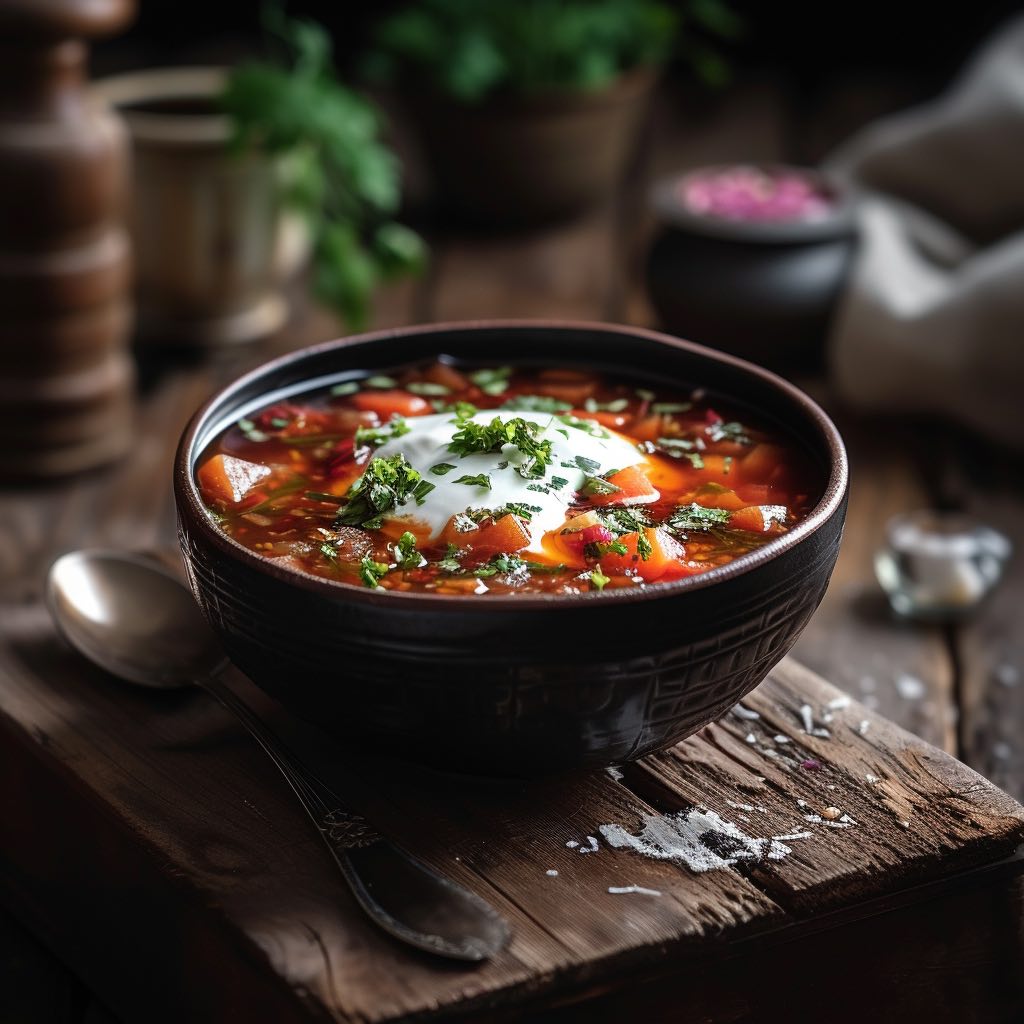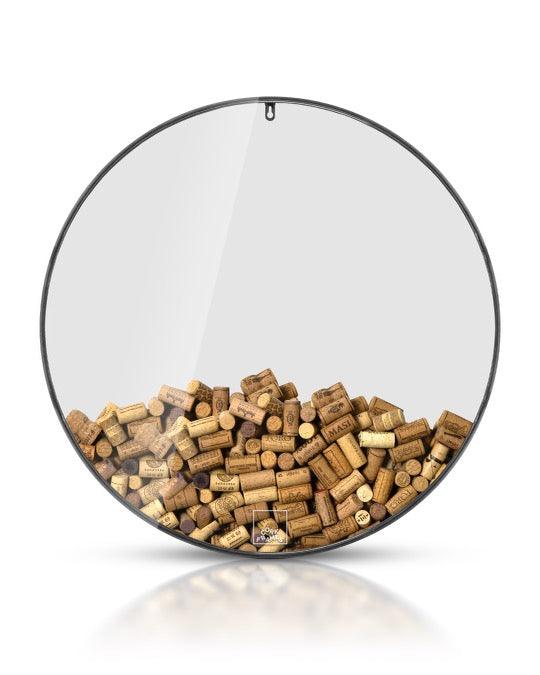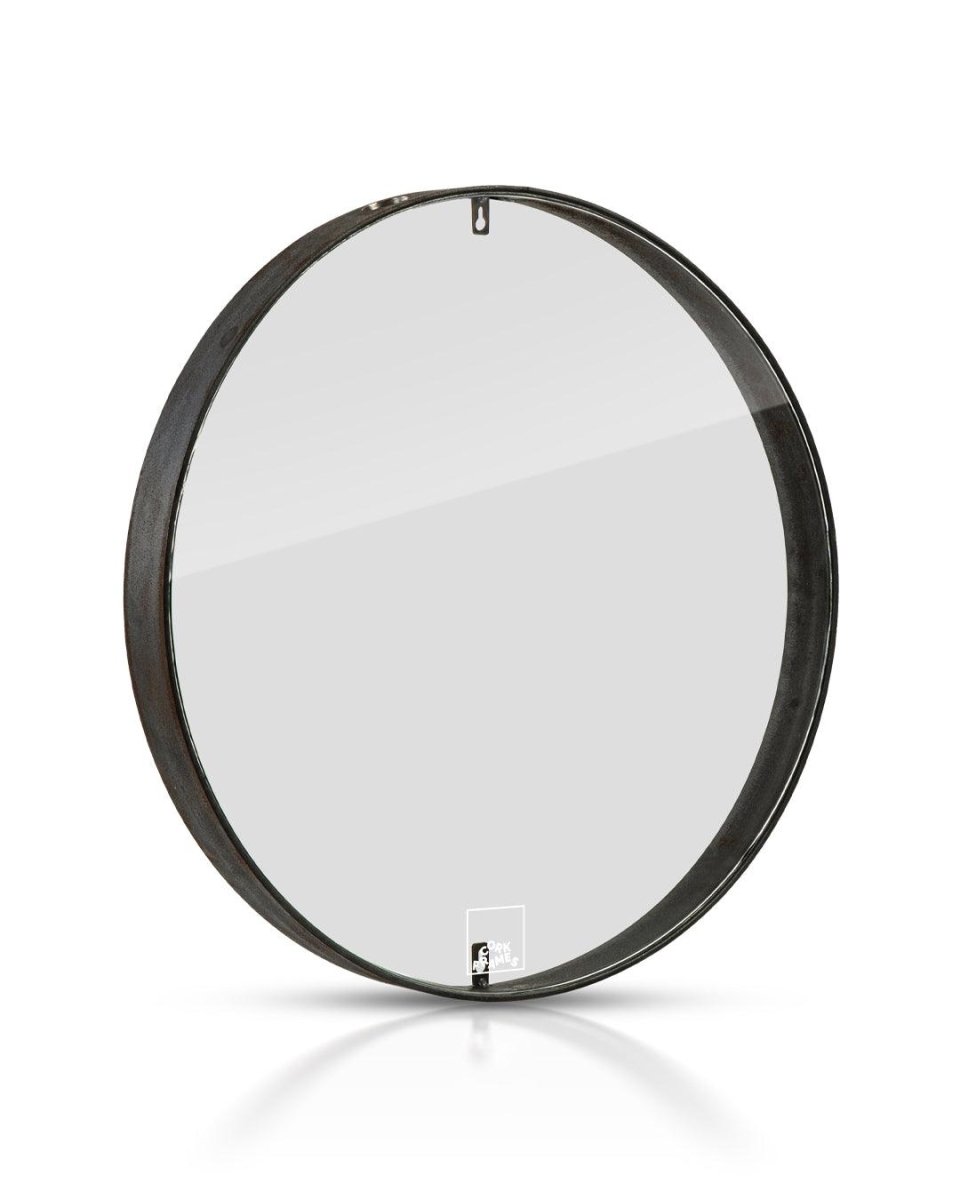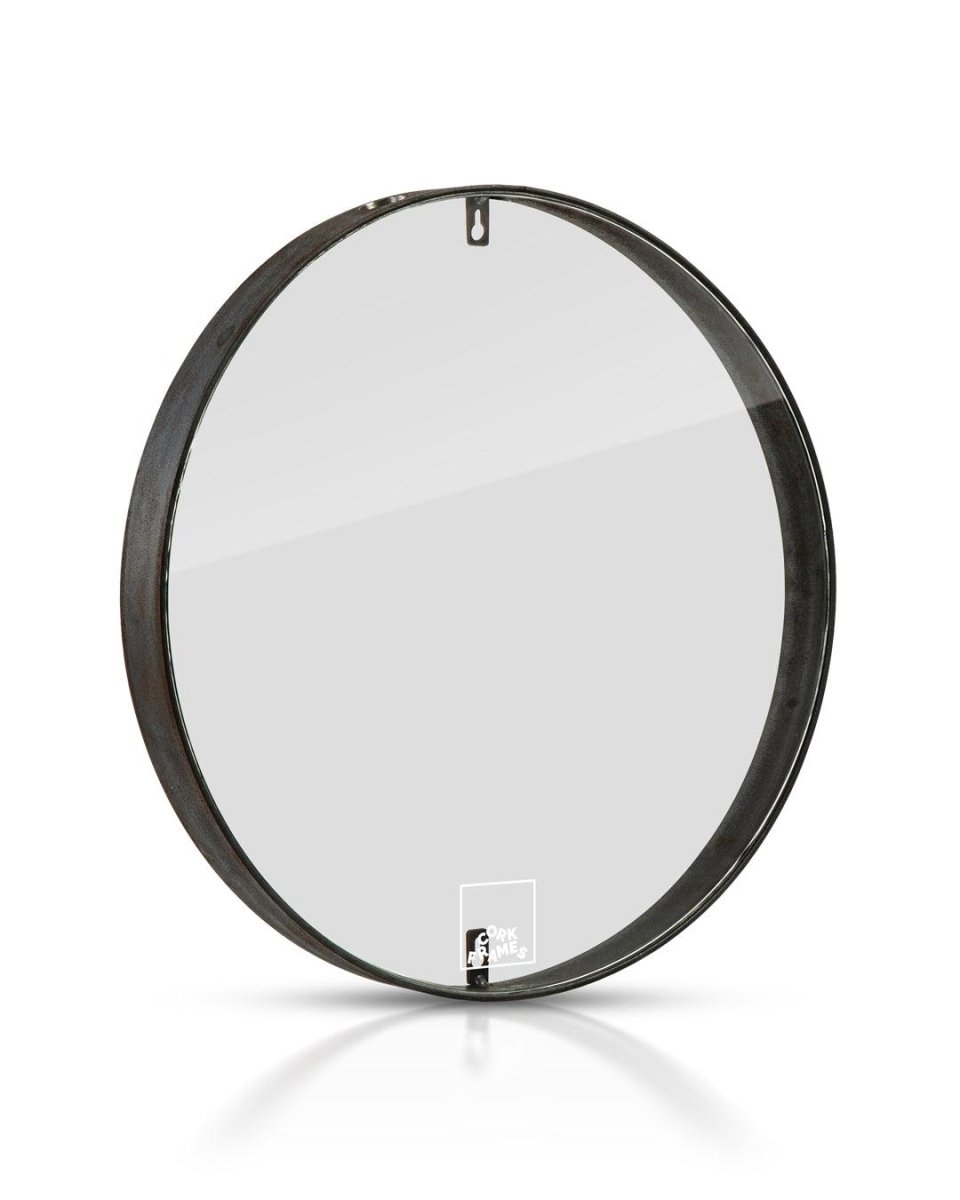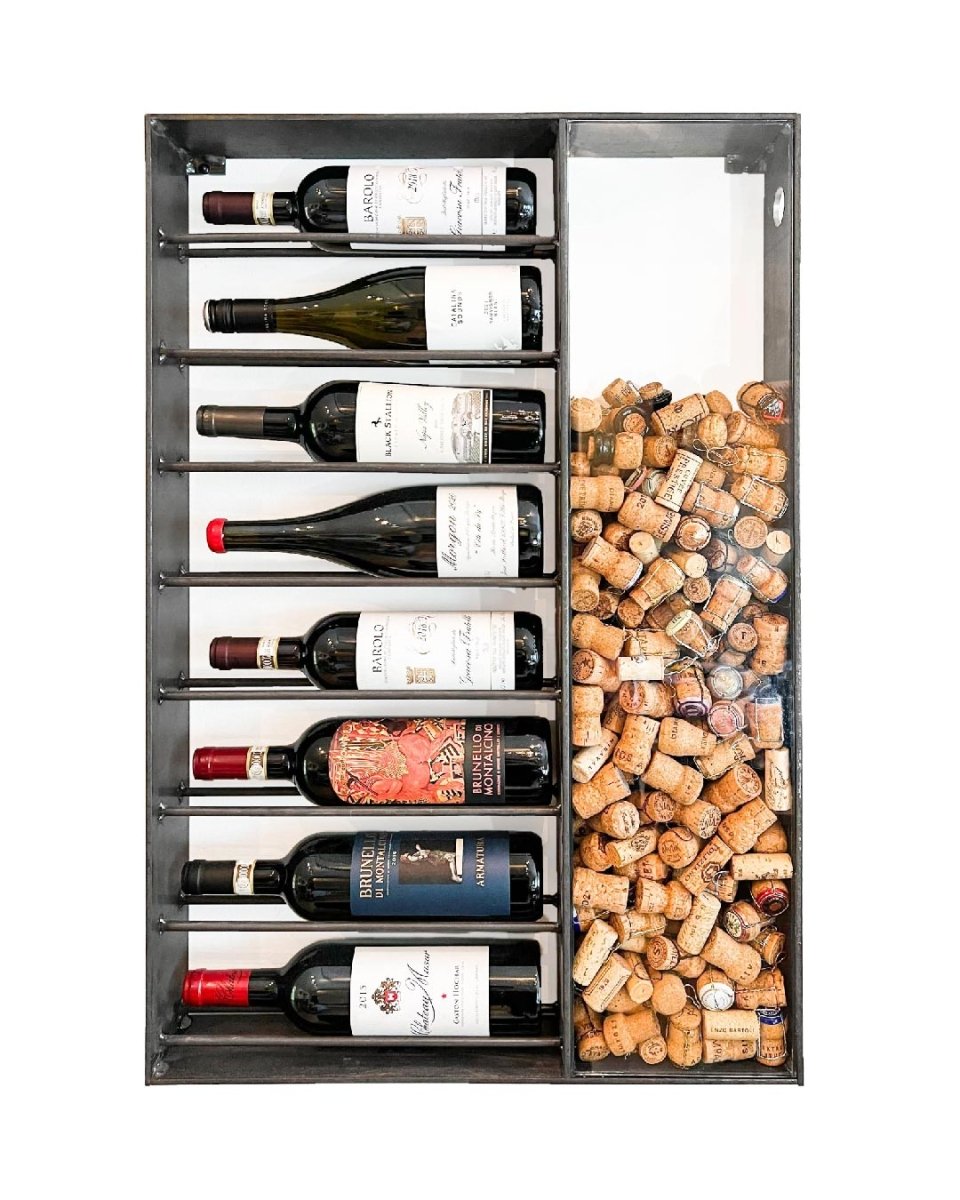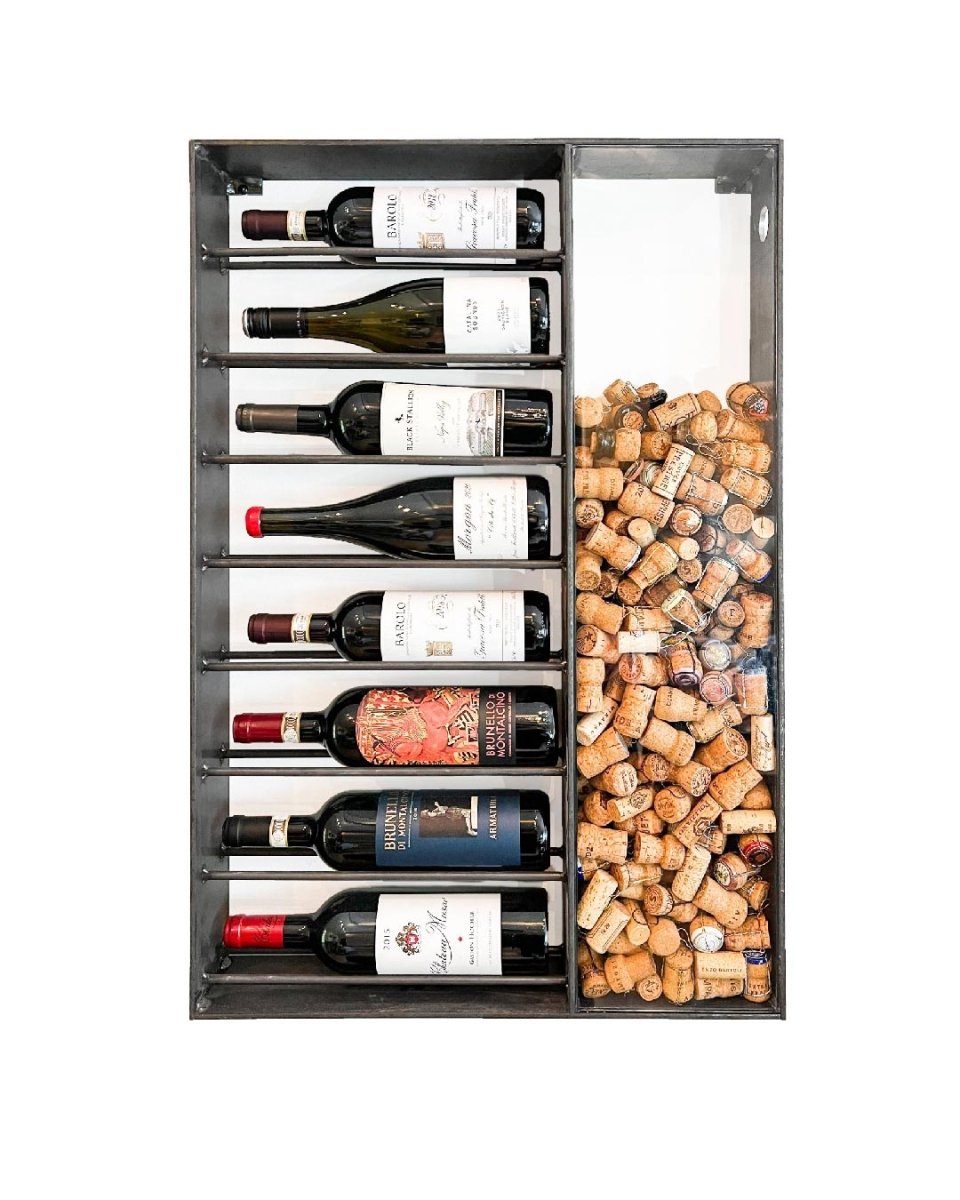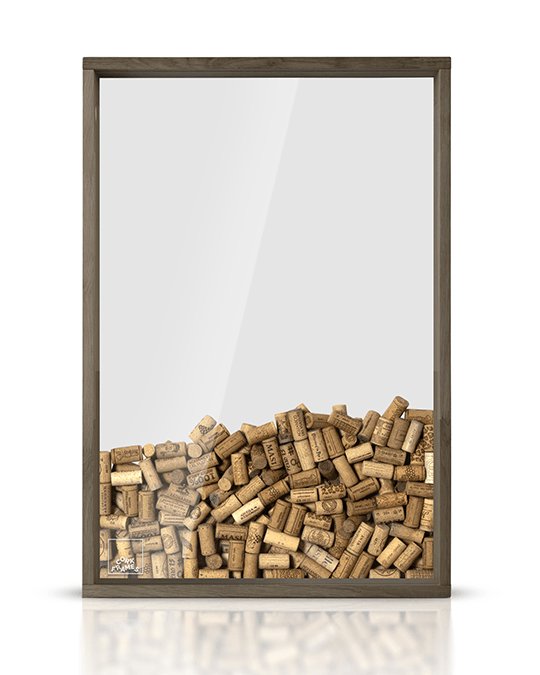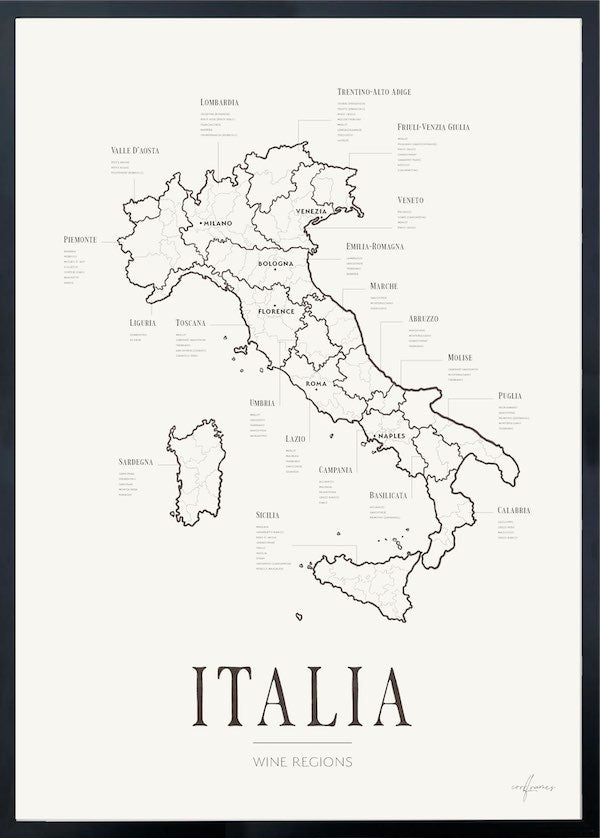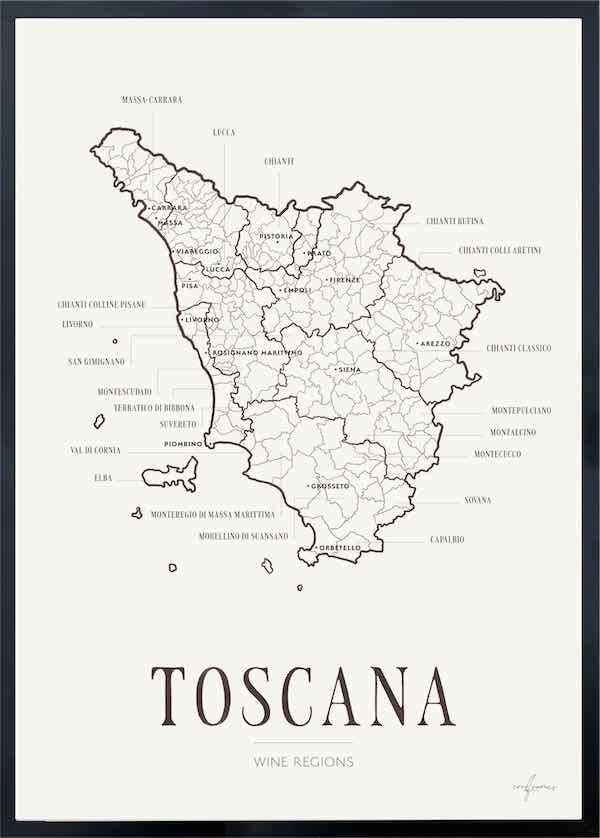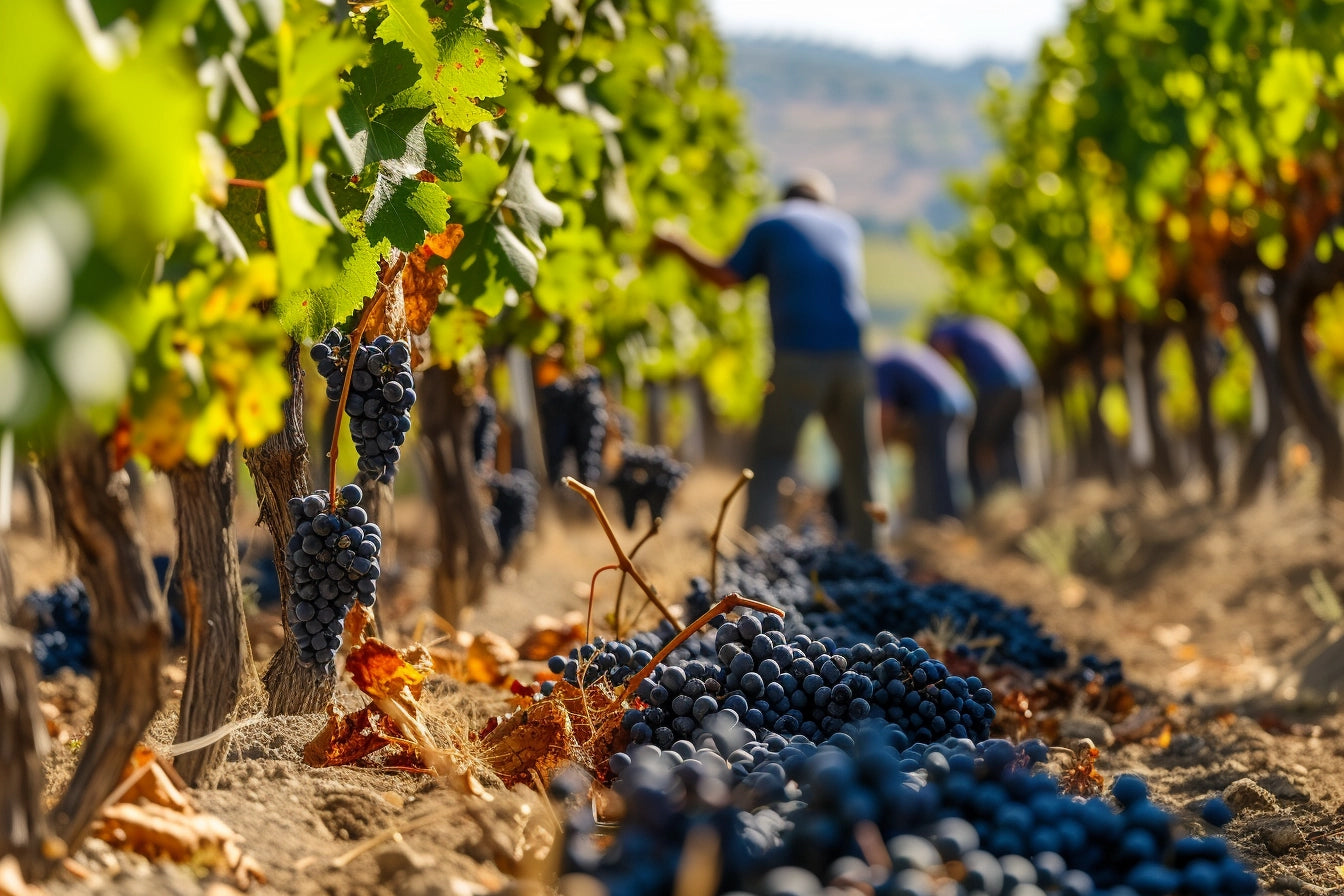Rosé wine is a fascinating and versatile type of wine that has become increasingly popular among wine enthusiasts worldwide. Its fresh and fruity character, combined with its beautiful pink hue, makes rosé wine a perfect choice for many occasions, from relaxed summer evenings to elegant dinners.
Despite its popularity, there are many misconceptions about how rosé wine is made. A common myth is that rosé wine is a blend of red and white wine. In reality, the production of rosé wine is an art form that involves specific techniques and careful selection of grapes to create its unique profile.
Here is an in-depth look at the various methods used to create rosé wine and how these processes contribute to the wine's distinctive taste and color.
How Rosé Wine is Made
1. Grape Varieties
Rosé wine is typically made from red grapes, the same varieties used to make red wine. Some common grape varieties for rosé wine include Grenache, Syrah, Mourvèdre, Pinot Noir, and Sangiovese.
2. Skin Contact (Maceration)
The most typical method for making rosé wine is through short skin contact:
-
Skin Contact (Maceration): The grapes are crushed, and the juice (must) is allowed to sit with the skins for a short period, usually between a few hours to a couple of days. This brief contact with the skins gives the wine its pink color. The longer the skins stay with the must, the darker and more intense the color of the rosé wine.
- Once the desired color is achieved, the skins are removed, and the must is fermented without the skins.
3. Saignée (Bleeding)
Another method is saignée (bleeding):
- In this method, some of the must is removed from the tank early in the red wine fermentation process. This removed must is then used to make rosé wine.
- This technique helps concentrate the color and flavor of the remaining red wine while producing rosé wine from the bled-off must.
4. Direct Pressing
Direct pressing is similar to white wine production:
- The grapes are pressed directly, and the juice has very brief contact with the skins, resulting in a very pale pink color.
- This method often produces a more subtle color and flavor.
5. Blending (Uncommon)
- Blending red and white wine to make rosé wine is very uncommon and is generally not allowed in quality wines. It does occur in some regions, but it is typically not an accepted method for making rosé wine in most wine-producing areas.
The taste and color of rosé wine can vary greatly depending on the grape variety, method, and the time the skins are left with the must.



